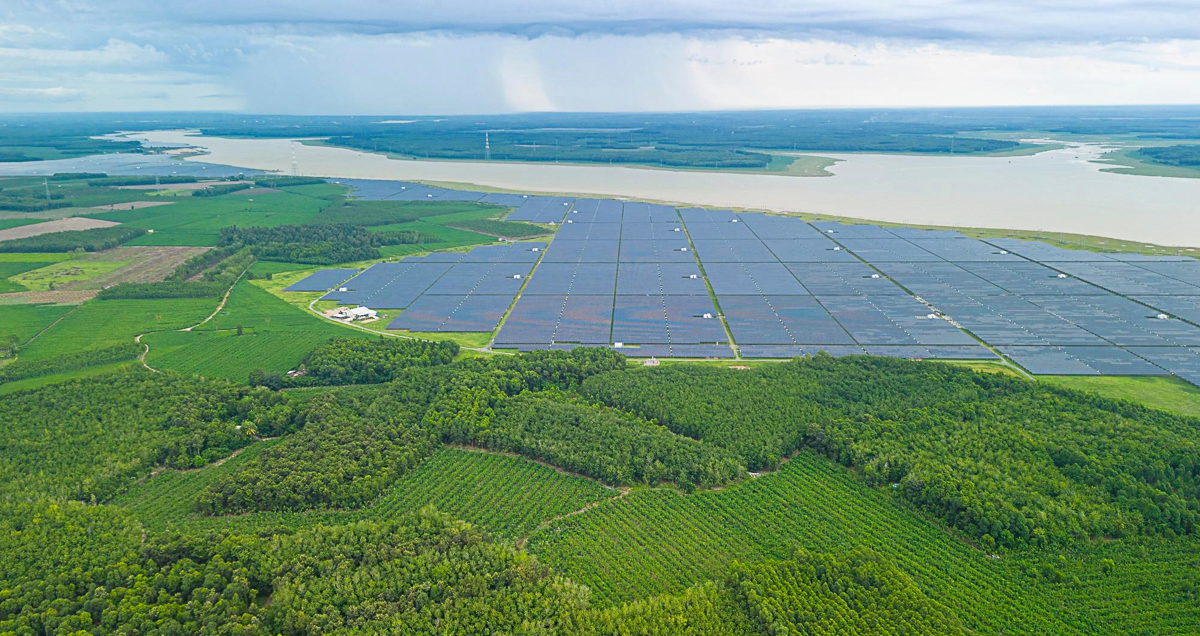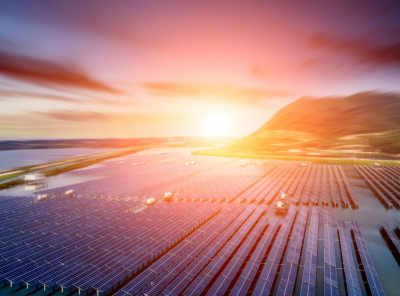The Rise of Solar in Southeast Asia
In a world seeking sustainable solutions, the rise of Solar in Southeast Asia has emerged as a powerful force in shaping our future. This is more evident in Southeast Asia, a region teeming with potential for harnessing the sun’s abundant energy.
We continue our series of 5 Articles About Solar Power in South East Asia with the final article in this series.
With its favourable climate, geographical advantages, and growing commitment to renewables, Southeast Asia is on the cusp of a solar revolution. In this blog post, we will explore the solar potential of this vibrant region, delve into the key players driving solar growth, examine the current solar capacity, and uncover the remarkable utility-scale solar projects reshaping the energy landscape.
Join us as we embark on a journey through the empowering possibilities of solar energy in Southeast Asia – a vision that promises a cleaner, greener, and more sustainable tomorrow.
Solar in Southeast Asia the potential
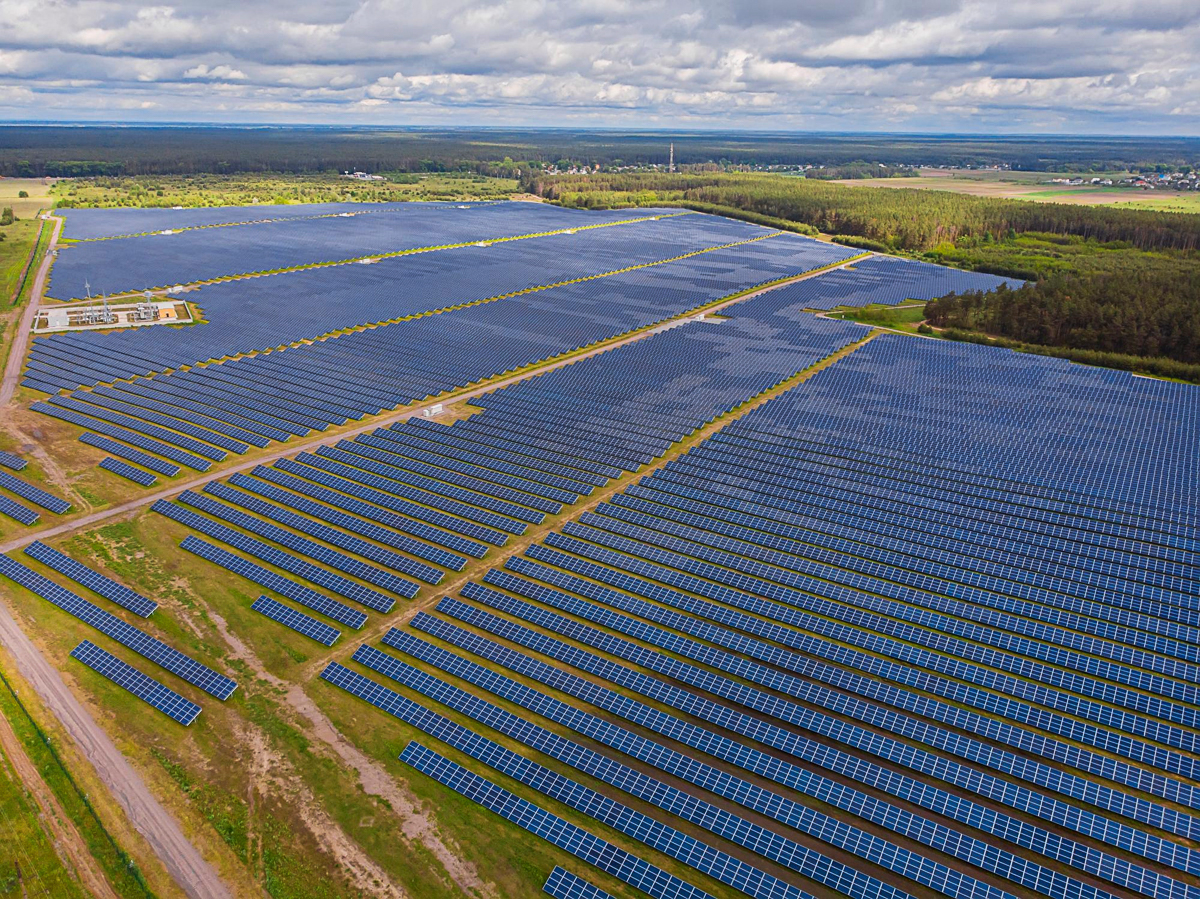
With its favourable climate and geographical advantages, Southeast Asia holds immense potential for solar energy. The region boasts high solar irradiation levels, making it an ideal location for harnessing the sun’s power. According to industry reports, the Southeast Asia Solar Energy Market is estimated to reach 27 GW by the end of this year and is projected to soar to 43 GW within the next five years. This significant growth signifies the region’s commitment to renewables.
With soaring energy costs, total solar power potential investments have already yielded impressive electric energy results. Solar projects account for installed capacity doubling from 10.4 GW to 22.9 GW between 2019 and 2020. This solar energy market expansion indicates the vast opportunities that exist for a reliable energy future in solar in Southeast Asia. Moreover, the region’s governments and industry stakeholders are actively promoting solar initiatives, aiming to unlock further this clean and sustainable energy source’s immense potential.
With abundant solar resources and a growing focus on alternative energy, Southeast Asia is poised to become a key player in the global solar energy transition.
Top 4 Solar Players in Southeast Asia?

Southeast Asia is blessed with never-ending renewable energy sources. Let’s explore the top players in terms of their solar power generation, driving the region’s renewable revolution.
I. Vietnam
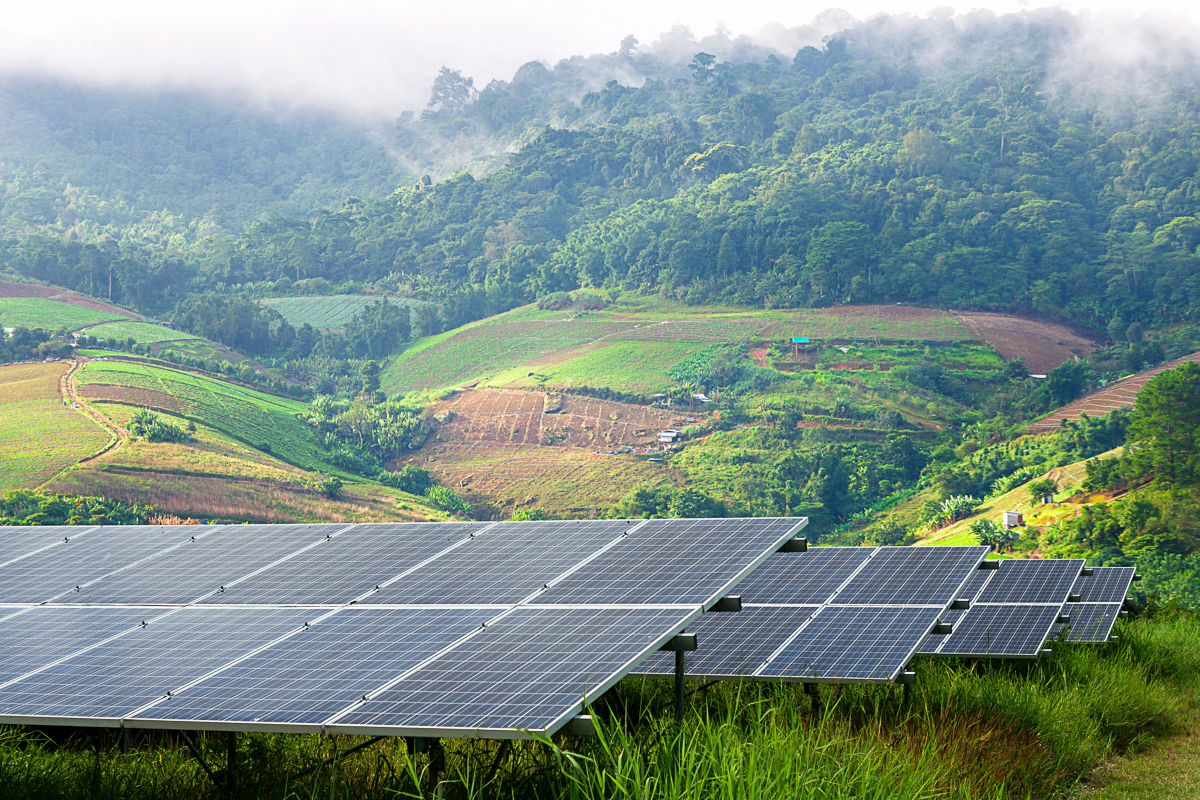
Vietnam has emerged as a frontrunner in the Southeast Asian solar industry. The country’s solar capacity and growth have been exemplary, with installed capacity reaching 18.5 GW in 2022. The Vietnamese government has introduced supportive policies and initiatives to encourage solar development, such as feed-in tariffs and tax incentives.
In addition, the government has announced a nearly $135B solar policy, which will make Vietnam a power exporter by the end of the decade. Noteworthy solar projects include the 450 MW Ninh Thuan Solar Plant, 420 MW Tay Ninh Solar Plant, and 350 MW Binh Phuoc solar PV project.
II. Thailand
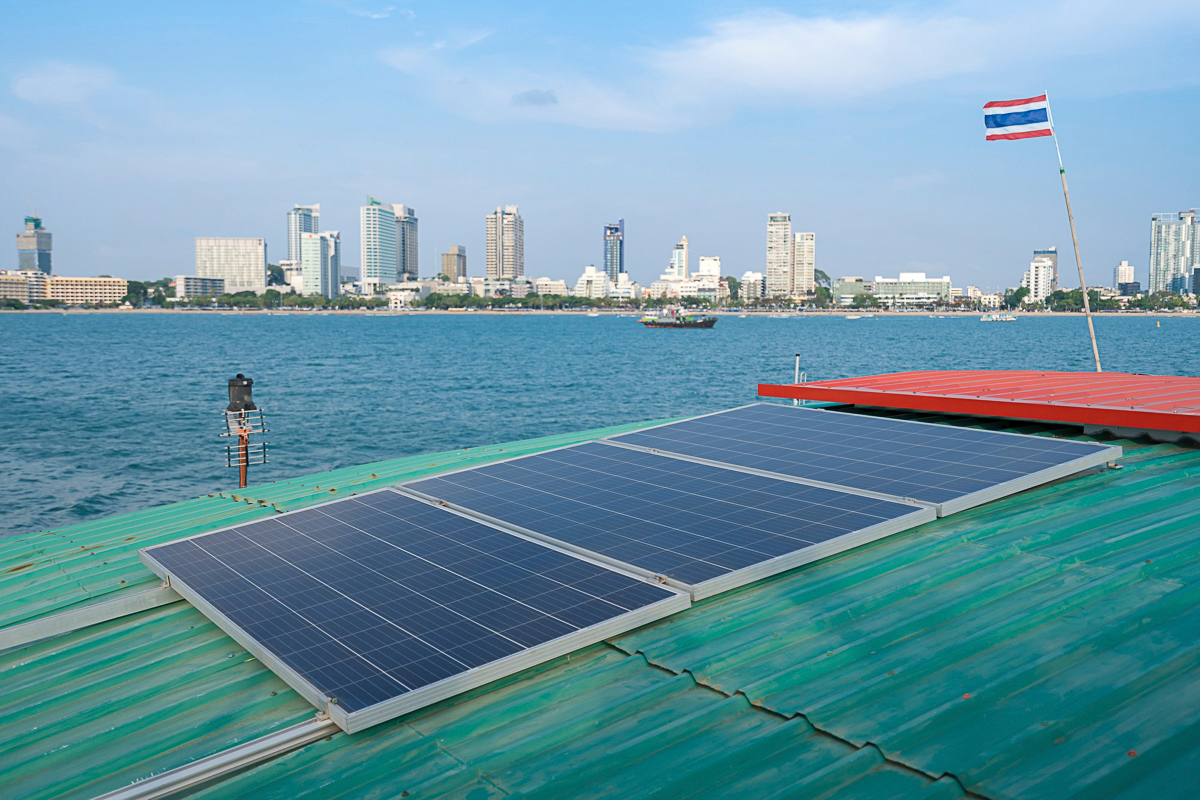
Thailand has established itself as a prominent regional player with large energy projects. Thailand’s solar industry landscape is thriving, with an installed solar capacity of over 3.8 GW in 2023. Investment and incentives have been instrumental in driving solar growth, including power purchase agreements, net-metering schemes with a feed-in tariff, and other solar energy infrastructure deals.
Major solar projects in Thailand include the 133 MW Phitsanulok-EA Solar PV Park, 128 MW Lampang-EA Solar PV Park, and the 126 MW Nakhon Sawan-EA Solar PV Park.
Thailand also boasts the world’s largest hydro-floating solar farm, called Sirindhorn Dam, with an installed capacity of 35 MW. The farm is a remarkable feat of engineering and contributes to Thailand’s commitment to green energy.
Thailand has also a large Solar Panel Production capability and a new government set to improve the grid power reliance and renewable capacity, we will cover this in another article later.
III. Philippines
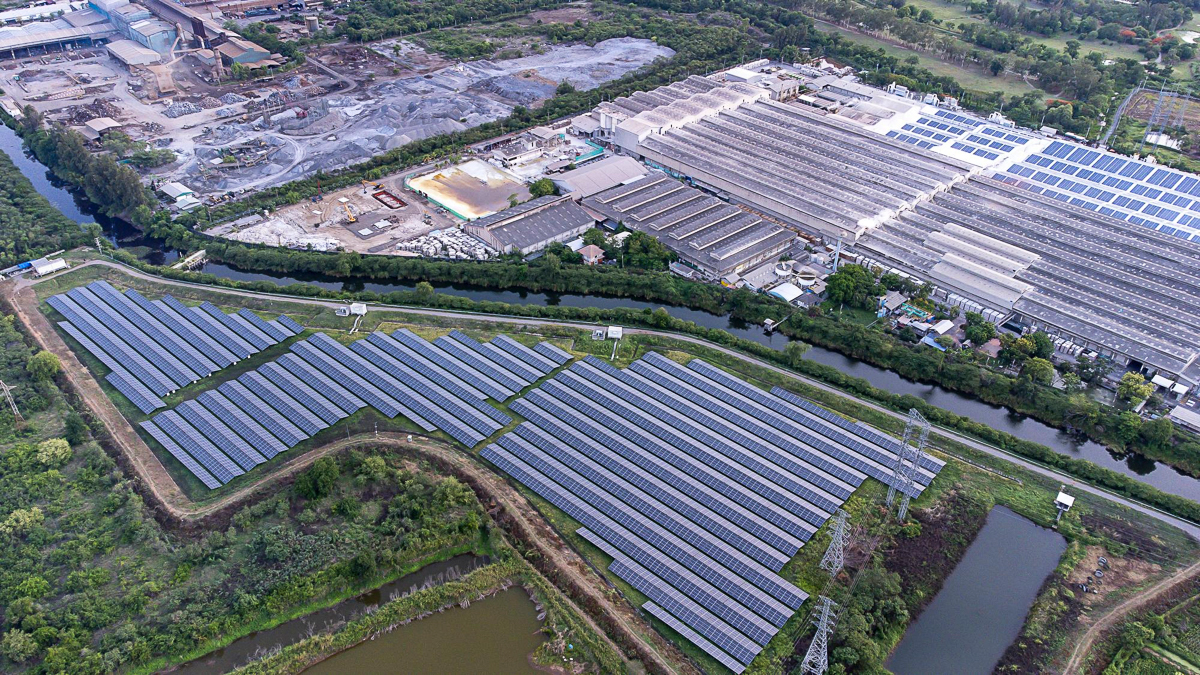
The Philippines is making significant strides in harnessing solar energy potential. The country offers a promising solar market with a solar capacity of over 3 GW in 2023. The regulatory framework and strong government support have been crucial in its solar development journey. The leading solar project in the Philippines currently is the 132.5 MW Cadiz Solar Power Plant.
Solar Philippines Nueva Ecija Corporation (SPNEC) plans to build the world’s largest solar farm on the border region of Nueva Ecija and Bulacan. These developments clearly show that the Philippines is committed to making alternative energy sources available for its citizens and businesses.
IV. Malaysia
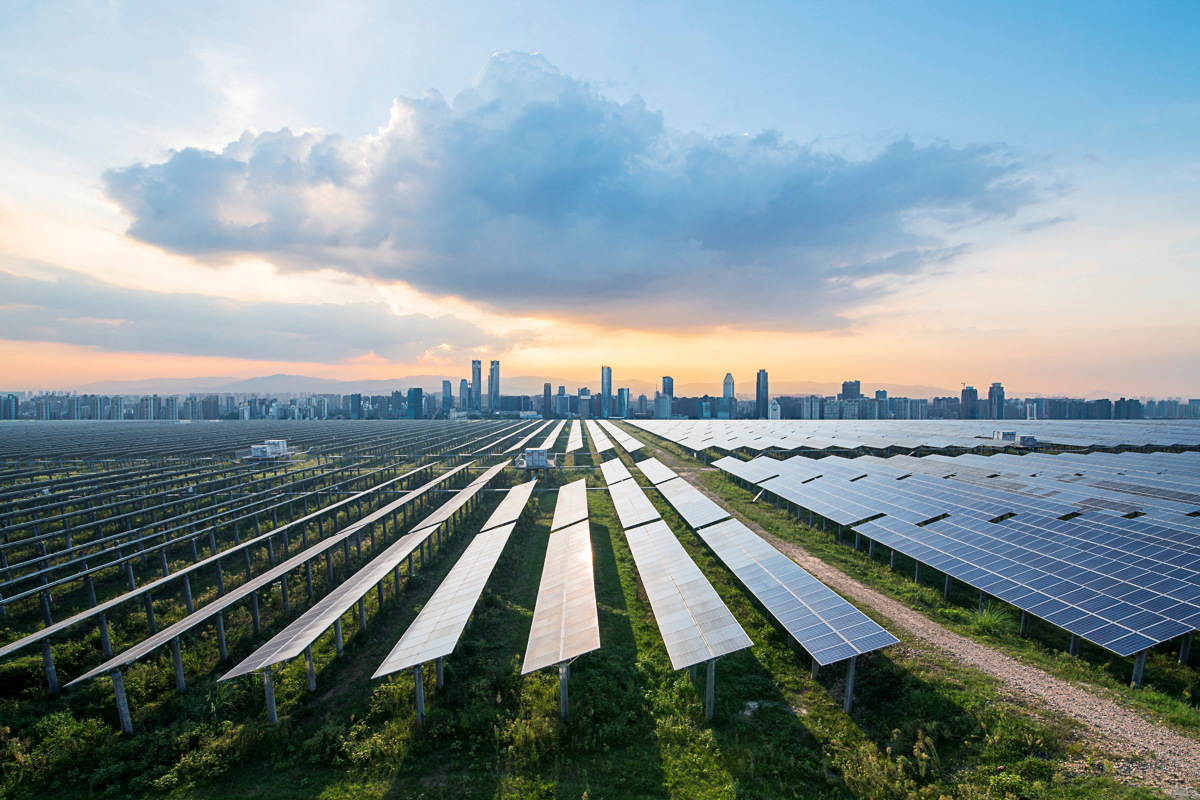
Malaysia is actively embracing solar energy and has witnessed a steady increase in solar installations with the overall capacity surpassing 2.1 GW. The country’s solar energy landscape is characterized by growing market trends and favourable policies and initiatives that promote solar adoption. Notable solar players in Malaysia include First Solar, JinkoSolar, and Trina Solar. Key solar installations in Malaysia encompass projects like the 65 MW Gurun Solar Plant and the 45 MW Bukit Selambau Solar Power Plant.
These four countries – Vietnam, Thailand, the Philippines, and Malaysia – are driving the solar industry’s growth in Southeast Asia. With their commitment to renewable energy, supportive policies, and noteworthy solar projects, they are paving the way for a sustainable and greener future.
In addition, the National Renewable Energy Laboratory (NREL) plays a crucial role in supporting other energy initiatives in South Asian countries. Through projects like the Asia EDGE Power Sector Learning Series and the South Asia Energy Storage Study, NREL provides comprehensive analysis, training, and research to enhance power sector planning, grid integration, and energy storage technologies.
With its expertise and collaboration, NREL helps Southeast Asian nations in the solar energy market to integrate variable renewable energy into their power systems and achieve their sustainable energy goals.
Utility-Scale Solar in Southeast Asia the projects
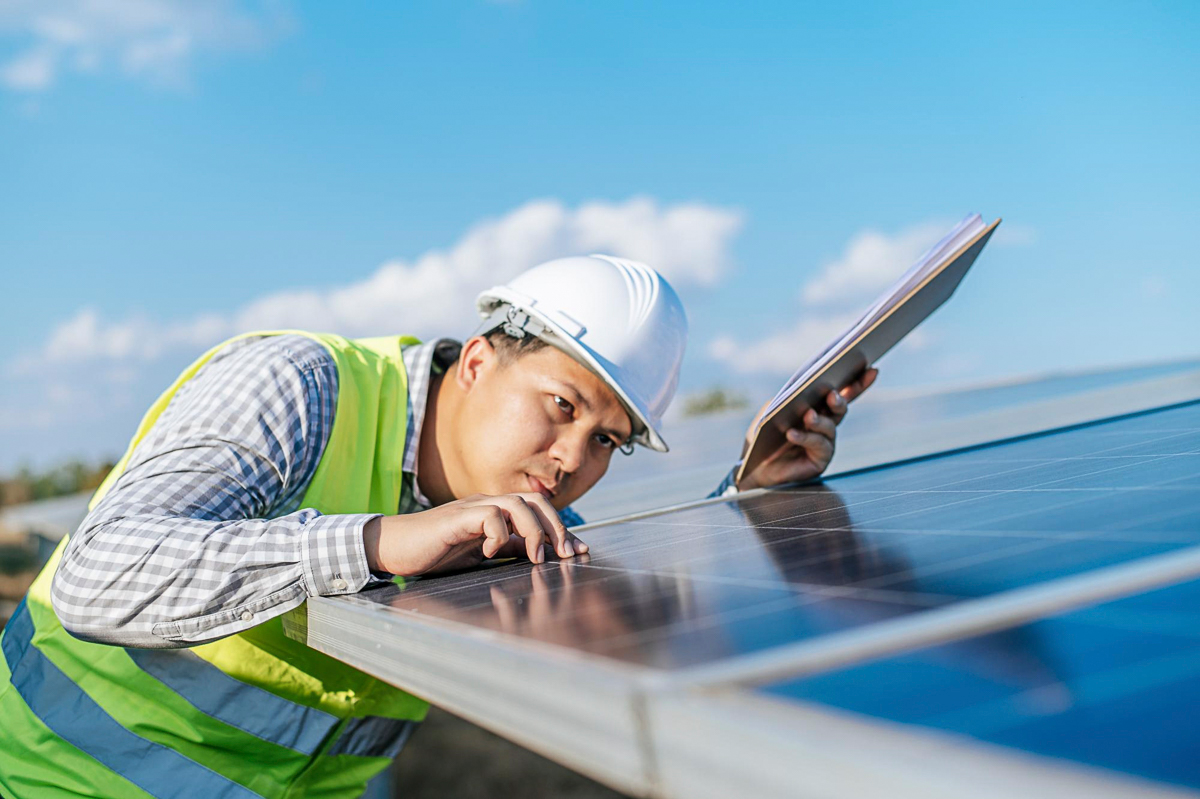
Utility-scale solar projects are driving the renewable energy transition with solar inSoutheast Asia, providing clean and sustainable energy to meet the region’s power demands. Notable examples include Vietnam and Thailand’s investments in solar and wind power. Additionally, Indonesia and the Philippines prioritize infrastructure development for economic growth. Amidst these developments, Southeast Asian nations have also addressed the political crisis in Myanmar and continued COVID-19 vaccination efforts.
Utility-scale solar projects offer several advantages. Firstly, their large size enables economies of scale, resulting in lower costs of electricity production with increased solar energy generated. Additionally, these projects contribute to reducing greenhouse gas emissions, mitigating climate change, and improving air quality. They also create employment opportunities and stimulate local economies through investment and infrastructure development.
The Role of the International Renewable Energy Agency (IRENA)
International collaborations and organizations play a crucial role in supporting utility-scale solar projects in Southeast Asia. The International Renewable Energy Agency (IRENA) has been actively involved in promoting renewable energy initiatives and facilitating knowledge exchange among countries. IRENA provides technical assistance, capacity building, and policy support to help Southeast Asian nations develop their solar energy market projects and achieve their renewable energy goals
Solar Panels: Technology and Deployment
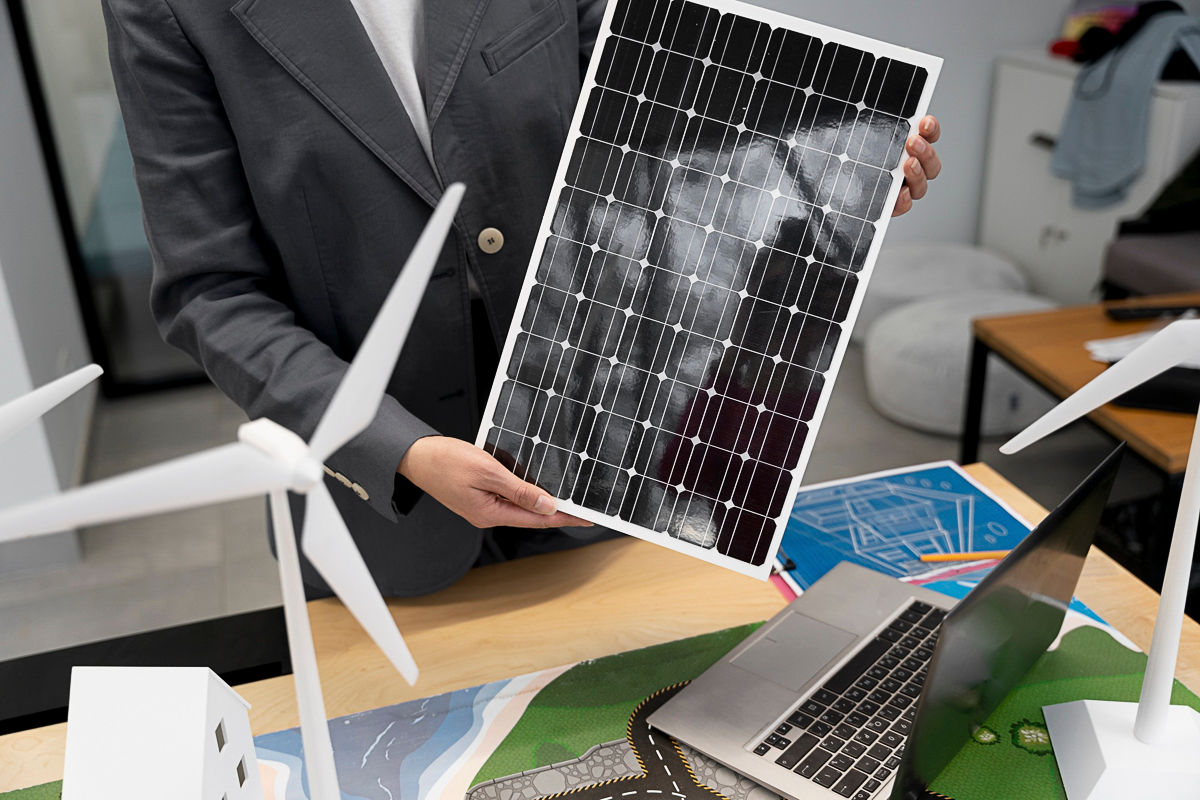
In Southeast Asia, the solar energy market primarily utilizes two types of panels: solar photovoltaic (PV) and concentrated solar power (CSP). The region has seen significant growth in utility-scale, grid-connected solar power projects, contributing to the overall solar capacity expansion.
Solar PV, which converts sunlight directly into electricity, has emerged as the most attractive renewable energy source in Southeast Asia. It has gained traction in countries like Thailand, where it has been well-established for electricity generation with PV modules.
Technological advancements play a crucial role in enhancing solar panel efficiency, leading to better performance and greater energy output. Investments in research and development have resulted in improved solar panel technologies, such as thin-film solar cells and high-efficiency crystalline silicon modules.
Deployment strategies for solar in Southeast Asia consider factors such as geographical location, solar irradiation levels, land availability, and policy frameworks. The region has embraced innovative approaches such as large-scale floating solar PV installations, as seen in Vietnam.
The manufacturing capacity of solar panels in Southeast Asia has grown, with countries like Malaysia and Vietnam becoming key players in the global solar panel industry. However, issues regarding the sourcing of raw materials and tariffs on solar panels continue to be significant considerations.
Overall, Southeast Asia’s solar panel industry is experiencing significant progress, driven by technological advancements, deployment strategies, and increasing manufacturing capacity. These developments contribute to the region’s transition towards clean and renewable power sources.
Case Study: The Largest Solar Farm in Southeast Asia

The Helios Solar Power Plant, situated in Cadiz, Negros Occidental, Philippines, stands as a significant example of the region’s commitment to renewable energy. With a capacity of 132.5 MW and spanning across a vast 176-hectare land in Hacienda Paz, Barangay Tinampaan, this solar farm holds the distinction of being the largest of its kind in Southeast Asia. Its commissioning has significantly bolstered the regional solar capacity, showcasing the potential for clean energy adoption.
Beyond its impressive size, the solar farm brings forth substantial economic benefits through job creation and contributes to environmental sustainability by reducing carbon emissions on a significant scale.
Overcoming Challenges and Future Outlook

In the quest for a sustainable energy future, the solar industry faces several challenges that require innovative solutions. One pressing concern is addressing intermittency and storage issues. As solar energy relies on sunlight availability, developing efficient energy storage systems is crucial to ensure a steady supply of electricity, even during cloudy periods or at night.
Another key aspect is the integration of solar energy into the existing grid infrastructure. This requires upgrades and modifications to accommodate the fluctuating nature of solar power generation. Grid modernization efforts, including advanced monitoring and control systems, are essential for the efficient integration and management of solar energy.
Furthermore, the potential for solar-plus-storage projects holds great promise. By combining solar energy generation with storage technologies, excess energy can be stored and utilized when demand is high or during periods of low sunlight. This not only enhances grid stability but also maximizes the utilization of renewable resources.
To drive solar advancements, ongoing research and innovation play a vital role. Continued investment in research and development can lead to breakthroughs in solar panel efficiency, energy storage technologies, and grid integration strategies. Collaboration between researchers, industry experts, and policymakers is crucial to fostering an environment conducive to rapid progress.
Lastly, the role of renewable energy investors cannot be underestimated. Their financial support enables the development of large-scale solar projects, encourages technological innovation, and drives down costs. Investors’ confidence and commitment are essential for the expansion and widespread adoption of solar energy solutions.
Final Words: Solar in Southeast Asia
Simply put, the rise of solar in Southeast Asia signifies a promising future for renewable energy in the region. With abundant sunshine and a growing awareness of the need for sustainable solutions, solar power has emerged as a key player in the energy landscape.
From addressing climate change to achieving energy independence, solar offers a multitude of benefits for solar in Southeast Asia nations, and to keep it light and entertaining, here are 19 Fun Facts About Solar Energy you may not know.
As governments, businesses, and communities embrace solar technology, the path toward a greener and more resilient future becomes clearer than ever. Together, we can empower tomorrow with solar energy’s transformative power.

